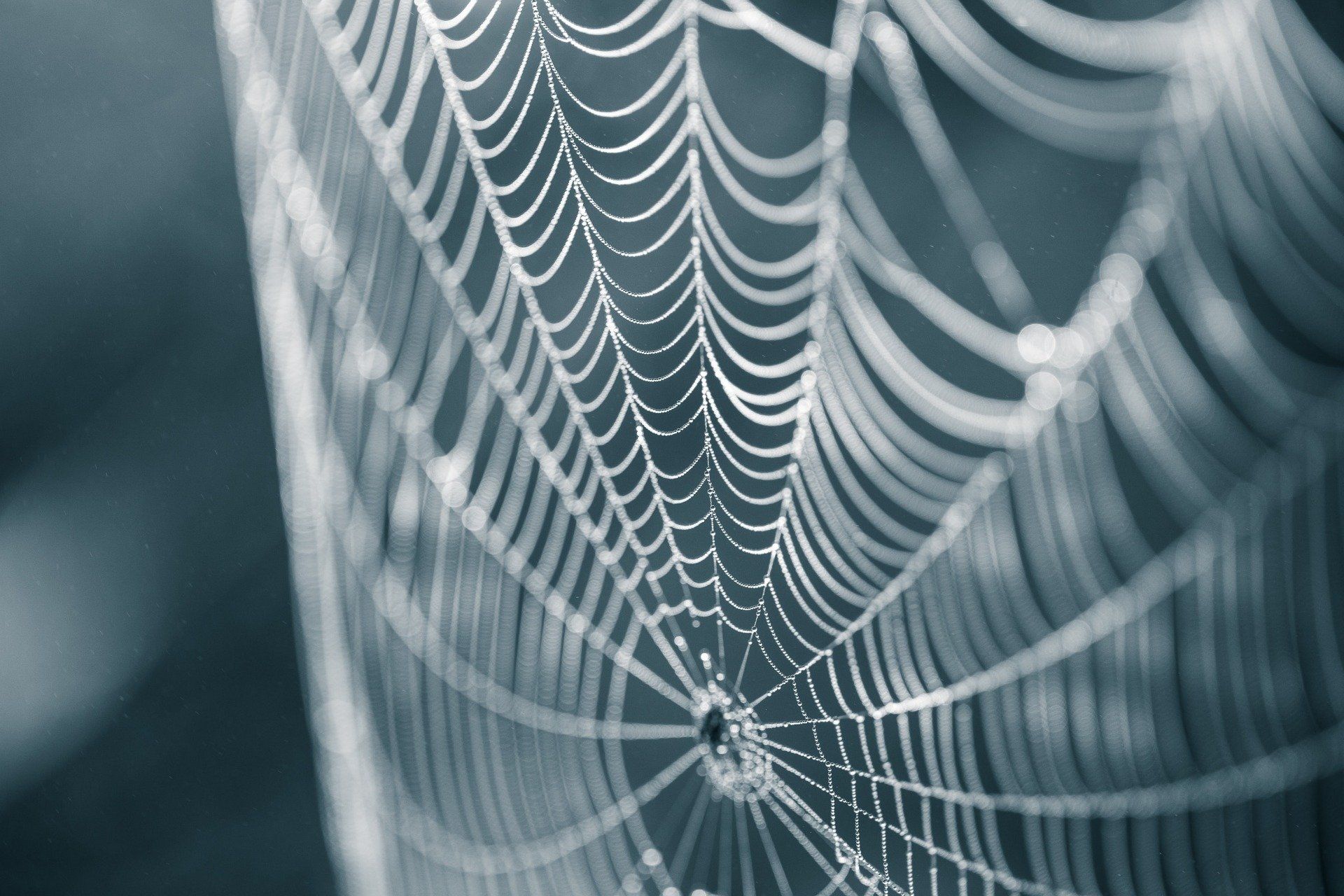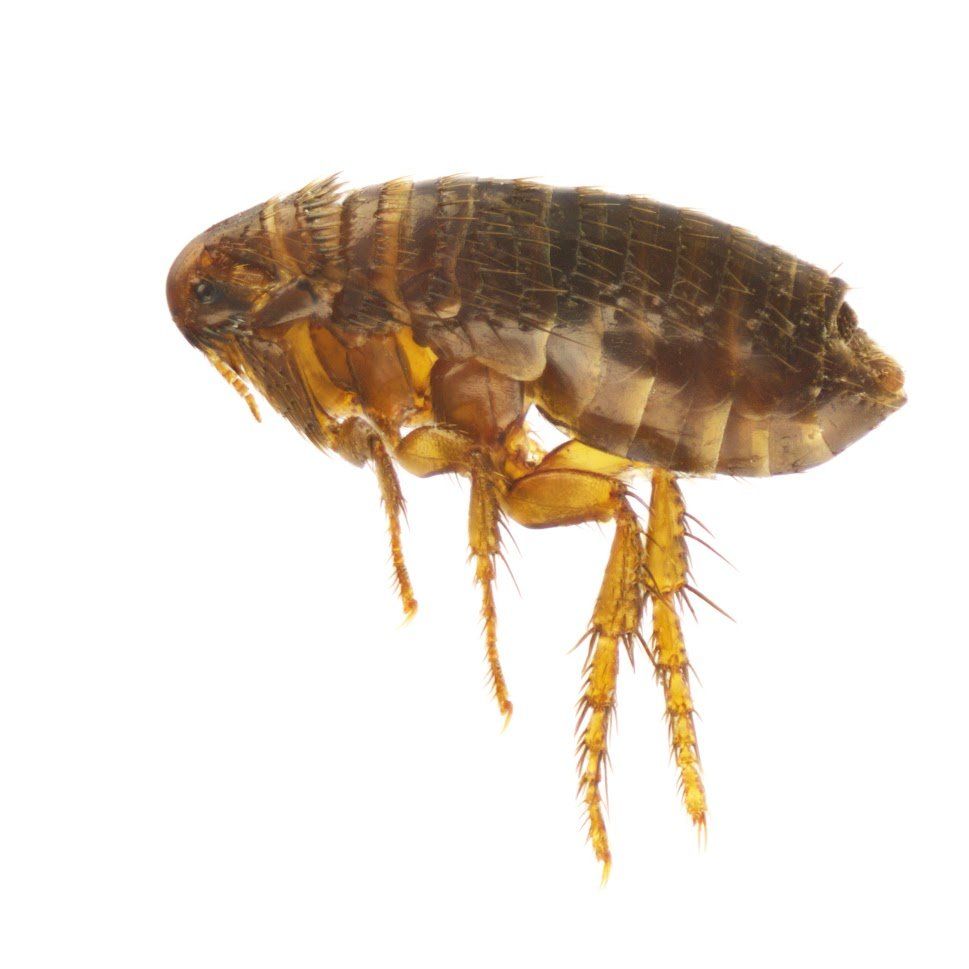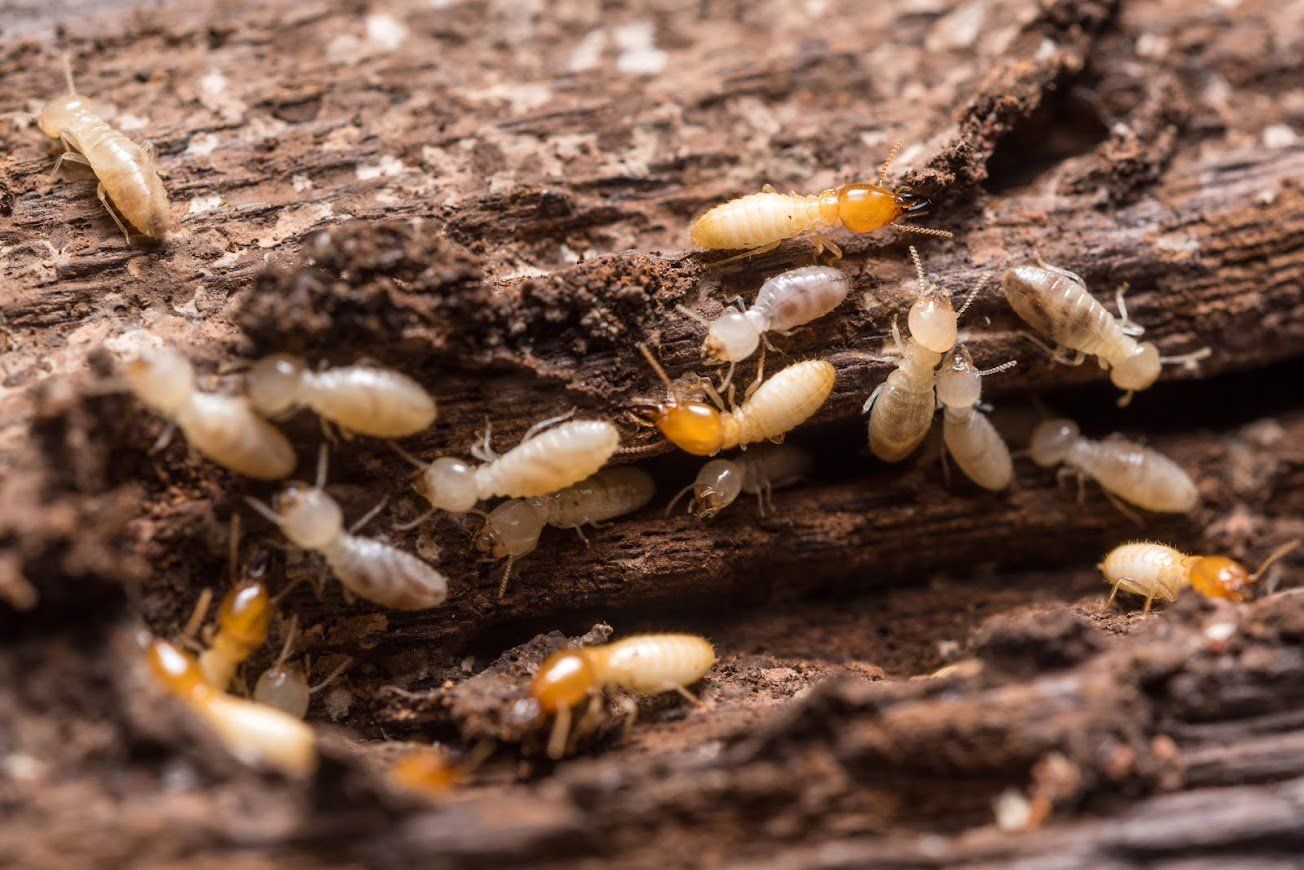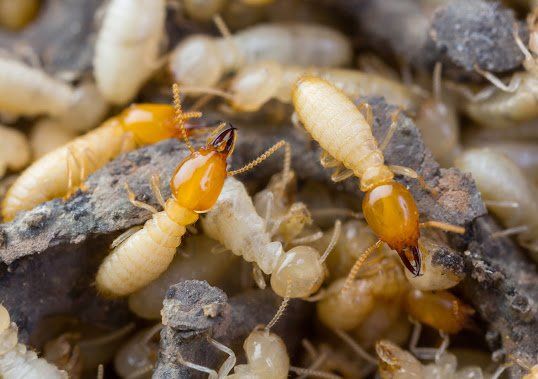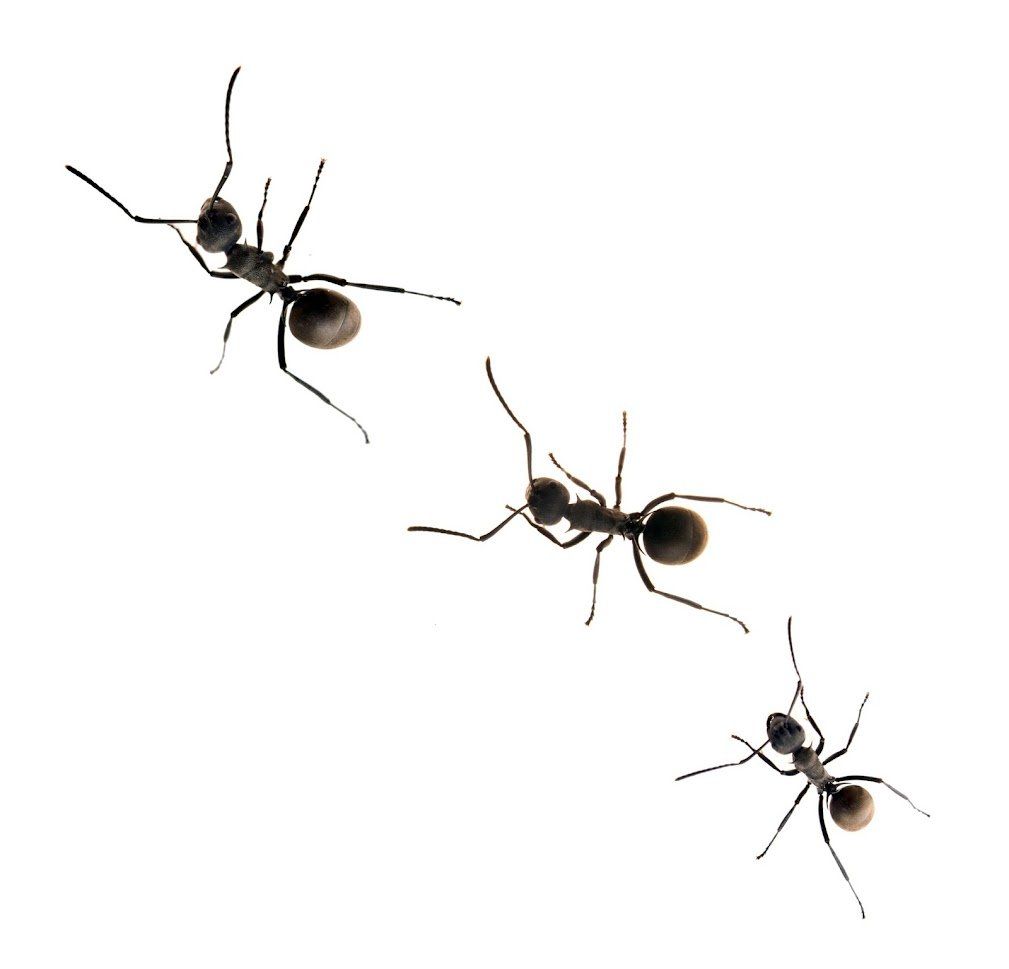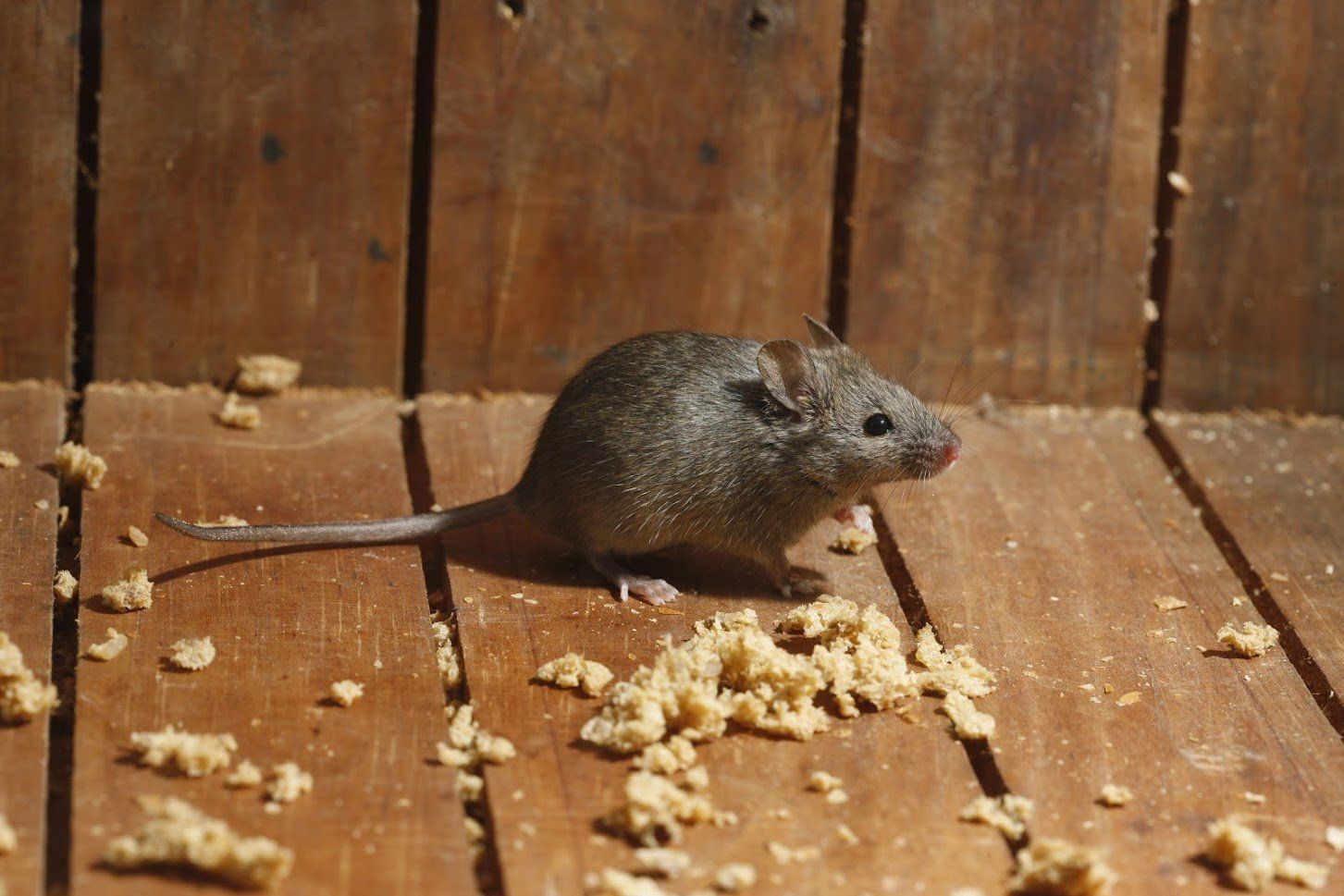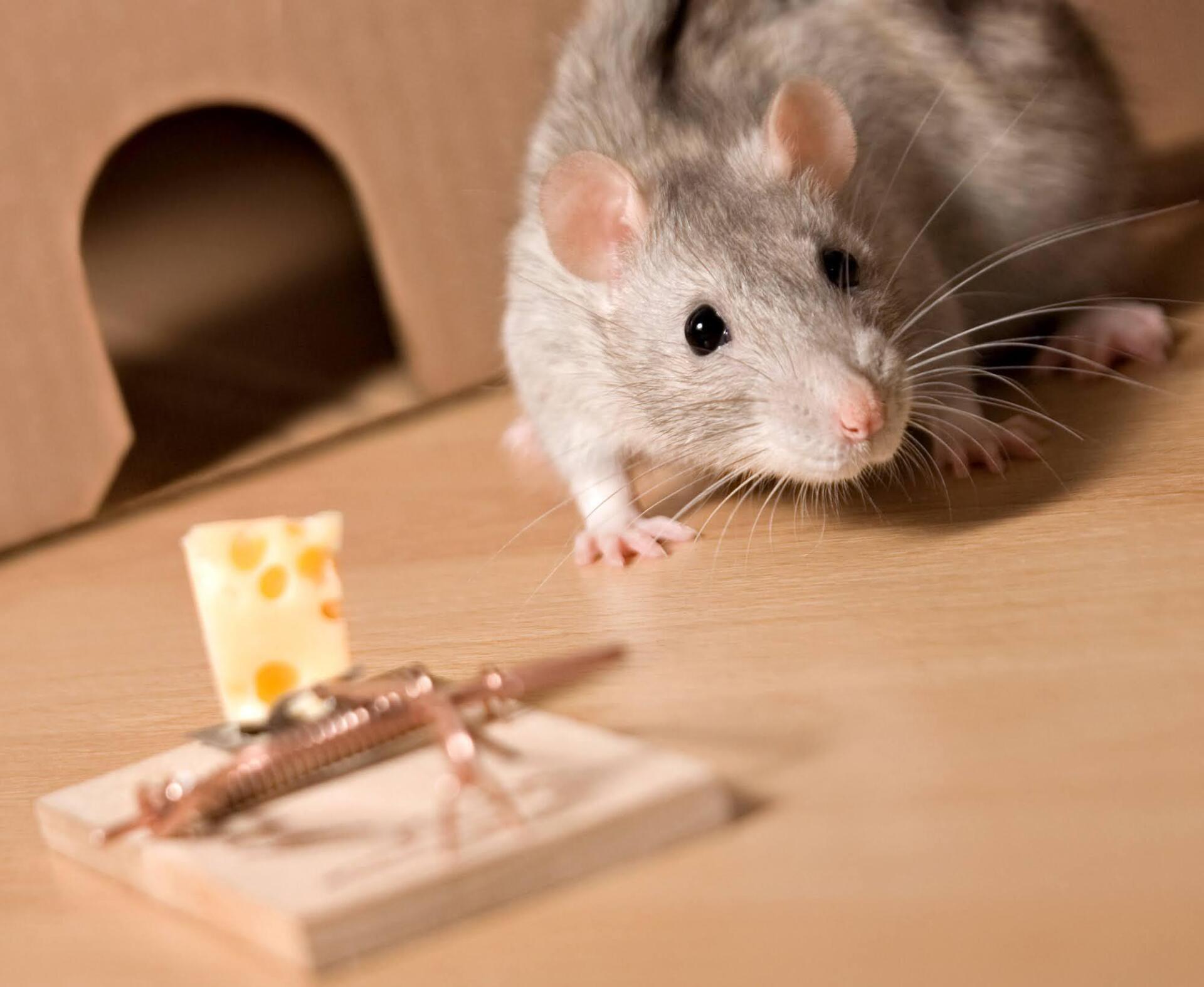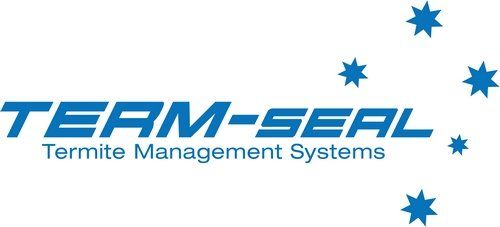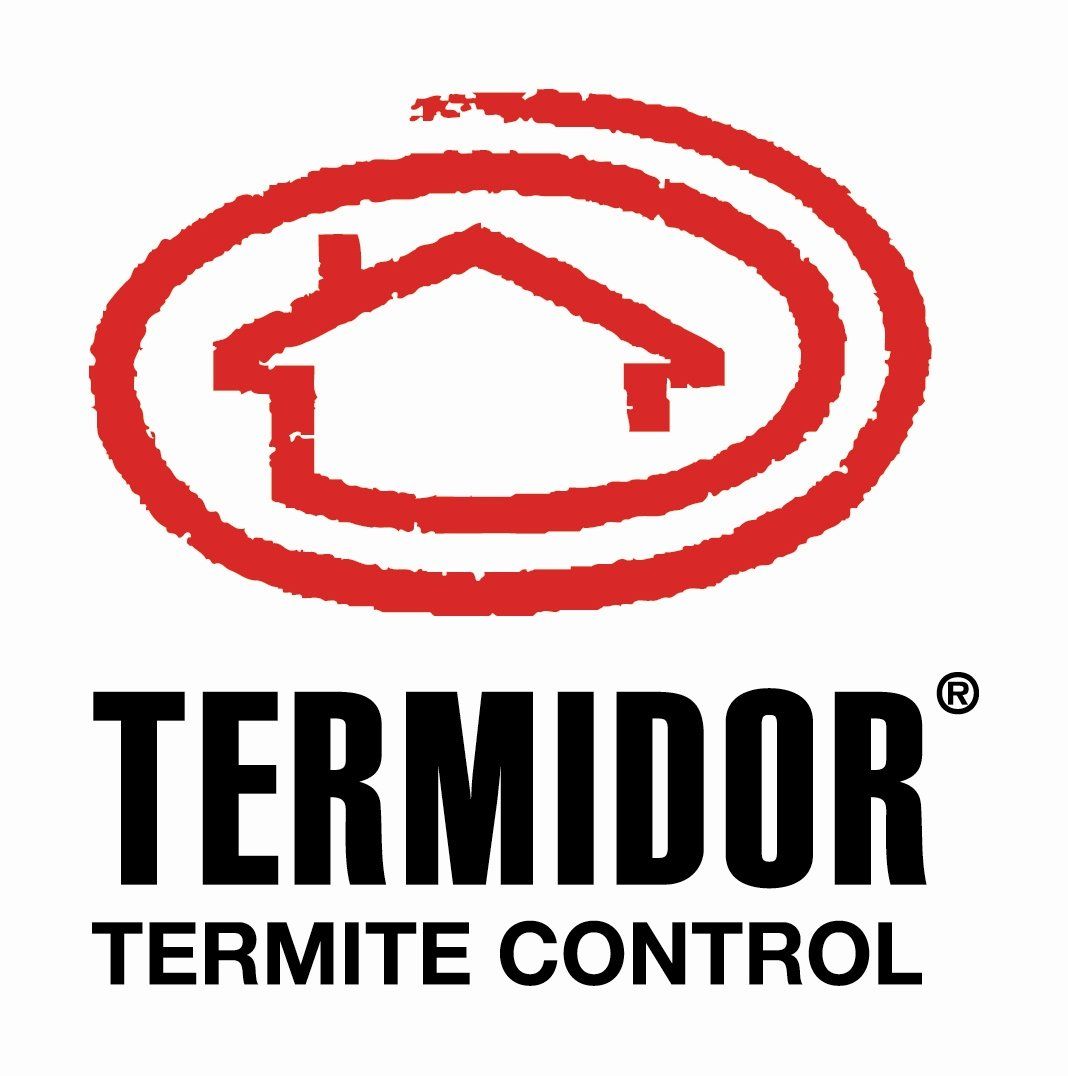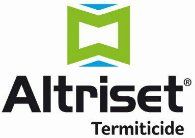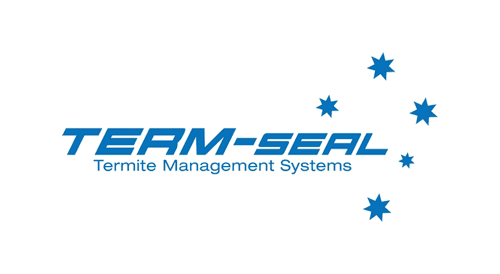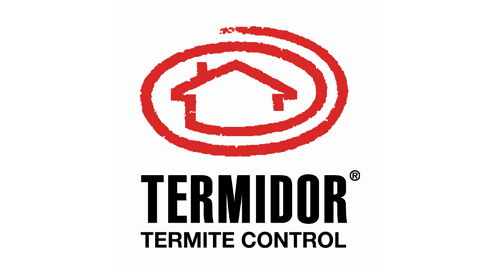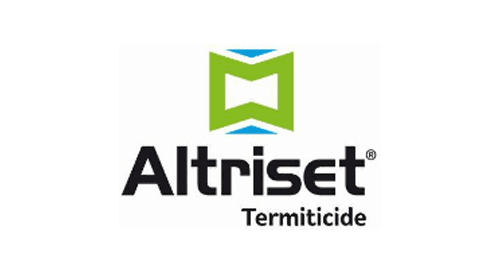Is Your Home Safe From Termites? Tips to Protect Your House
Termites are pervasive pests in Perth and other areas of Western Australia. The pests damage wood structures extensively because they organise in colonies, and you are likely to notice a termite infestation after substantial destruction. Explore the tips below to keep termites away from your home.
Check for plumbing leaks
Plumbing leaks are common causes of termite infestation. The pests are readily drawn to moisture, and water leaks underneath the ground and behind your walls create an ideal breeding spot. A slow-leaking pipe also softens wood and creates a conducive environment for termites.
Some signs of water leaks include pooled water in the yard, slow drains, mould on the walls and unusually high water bills. Plumbing leaks are often not obvious, but professional leak detectors quickly identify the source and location of any leak.
Keep structural wood away from the ground
Wood-to-soil contact provides termites with access to shelter, food, moisture and direct entry to your home. Ensure that wood structures like siding, door frames and latticework are at least 70mm above the ground. Often, homeowners build decks or extensions against the side of the house and fix uprights directly into the soil. Such renovation projects can lead to termite infestations.
Maintaining a distance between wood and soil may mean using stones or cement to create physical barriers or regrading the soil around the house. Also, check hardware stores for metal stirrups that prevent timber structures from contacting the earth.
Put in chemical barriers
A chemical termite barrier is a chemically treated area that deters the entry of pests into your home. Pest control experts can spread the chemical under the concrete slab or around your building's perimeter. The termites take back the chemicals to their tunnels, resulting in the death of entire colonies.
The most common termite chemicals are Fipronil, Bifenthrin and Imidacloprid. While previous treatments lasted for decades, health concerns have favoured safer solutions with limited lifespans. Thus, pest control professionals need to reapply the treatment as the manufacturer advises. Also, check that the Australian Pesticide and Veterinary Medicines Authority approves the termite treatment in use.
Keep woodpiles away from your house
Store firewood and wood debris away from your home's foundation and siding. In addition to offering a source of food for termites, stacked wood and cardboard boxes let the pests bypass treated soil and enter your home. Also, the wood outside can become damp and attracts termites. The dark and damp conditions that occur if you leave woodpiles in crawl spaces also invite termites into the house.
Clean up your home's surroundings
The vegetation around your house contributes to moisture and can result in termite infestation. Some prevention methods include keeping garden beds away from walls and not directing water too close to your home. When putting up fences or landscaping, use treated timber and inspect it regularly.
Mulch is another common cause of termite infestations. Avoid shovelling mulch off the side of the road as it may have termites. Instead, get treated mulch from a reputable supplier, and keep mulch levels lower than the slab edge and weep holes.
Inspect regularly
Termites can do large-scale damage before you realise you have an infestation. Most homeowners are disappointed when they discover that their general insurance policy doesn't cover termite attacks.
Regular inspection is ideal for preventing out-of-pocket repair costs due to termite activity. If you have never witnessed the damage these pests can cause, you are likely to miss warning signs.
Contact us at Champion Pest Control today if you are worried about termites damaging your home. We uncover hidden termite activity, carry out the required treatments and prevent future infestations.


